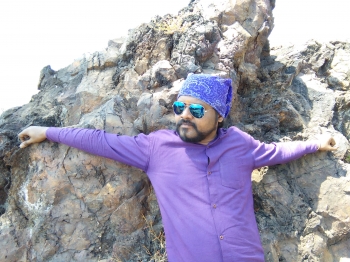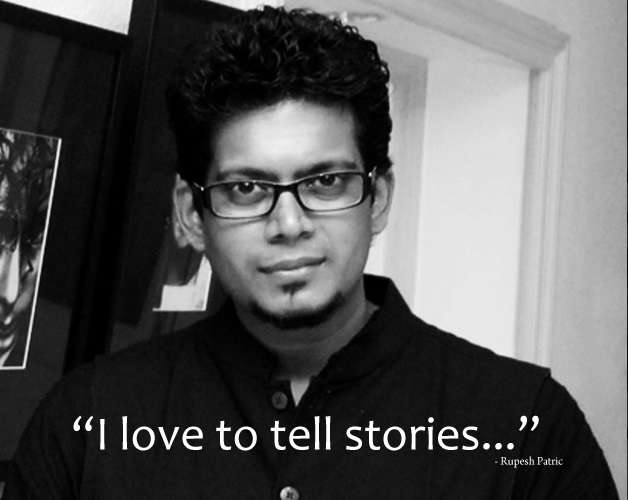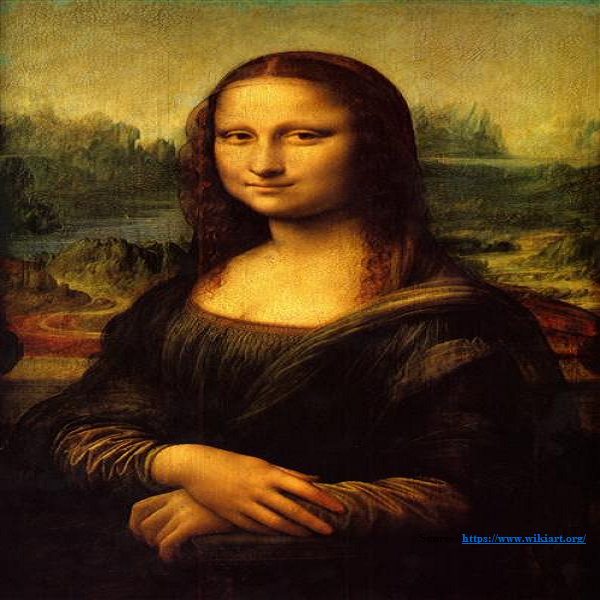
‘Mona Lisa’ is one of the most iconic and recognizable portraits in the world. Painted by Leonardo da Vinci between1503 and 1506, it is an enigmatic half-length portrait painting wherein Mona Lisa’s captivating gaze and smile radiates mystery, sensuality as well as contentment. Owing to this depth and complexity of expression, this magnificent artwork is often regarded as the pinnacle of portraiture.
Portraiture is a very old art form and dates back to more than thousands of years ago when it was reserved for depicting royal families and religious figures like the wealthy, royals, leaders. In fact, some of the earliest portraits are believed to have been painted onto the stone to immortalize the rulers and gods.
Limited to the affluents till the 1800s, portraits have always been more than just a record. It was a coveted symbol of power, wealth and status, and were primarily in the form of painting, sculpture, sketch or drawing. Thanks to photography that portraiture became affordable for almost everyone, thereby allowing them to capture their images throughout their life.
With this backdrop, let’s get into the basics of portrait art and gradually explore its various aspects.
What is a Portrait?
Portraits are artistic works that record the likenesses of people, while portraiture is the term used to describe this category of art.
In simple words, a portrait is an artistic representation of a person which could be created in various forms such as a painting, sketch, coloured drawing, sculpture, photograph in which the face, its features and expressions are captured predominantly.
With the purpose to memorialize an image of the subject usually called a ‘sitter’, portrait art is not just a visual representation of the person but it aims to capture some elements of his/her character offering a vivid sense of a real person’s presence.
Types of Portraits
A portrait is typically defined as a representation of a specific individual but it can also be used to illustrate more than one person or a family, in a ‘group portrait’.
A ‘posthumous portrait’ is one that is rendered after the death of an individual and is mostly hence created by copying another portrait.
Many artists also choose to create a ‘self-portrait’ wherein artists involve in the depiction of themselves. It is rather an introspective creation which gives a good sense of how an artist views himself or herself. Some call it, the early versions of selfies.
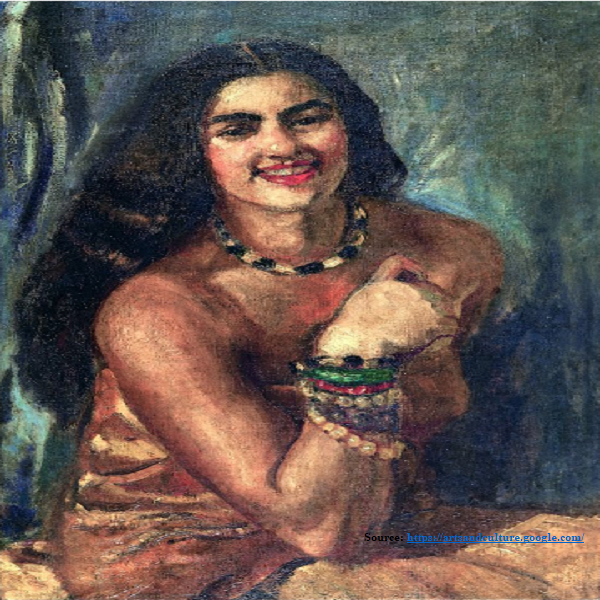
Apart from this ‘caricature’ is also considered a form of portrait art. It is a simplified or exaggerated way of describing a person through sketching, pencil strokes, or other artistic drawings and is commonly found in editorial cartoons and entertainment magazines.
Classification of Portraits
Portraits are not just random compositions but it is created with a varied setting, size, theme, and angle for a predefined effect.
Let’s differentiate and understand the variety of portraits:
Based on length
- Full-length
Popular during 17th and 18th century, full-length portraits depict the full body of the subject. Such a portrait is generally used when the artist wants to include the background in the frame.
This style was primarily used to signify the social hierarchy in European aristocratic circles, that is a person’s importance in society.
- Half-length
Most popular and conventional portrait style, half-length portraits display the upper body of the person up from the waist.
Focusing on the person’s facial expression, artists do not add up much of the background or surrounding in the portrait.
- Three-quarter length
This portrait style depicts the person up to their knees, in a sitting or standing position.
- Kit-Cat
A sub-genre of the half-length portrait style, Kit-cat portraits always includes the person’s hands in the frame. Below portrait by Paul Brason is the perfect example of this style.

- Bust length
A compact version of the half length-portraits, this style portrays the head and shoulders of the individual.
- Miniatures
These miniature portraits are similar to regular portraits except that these are painted on the small size of the canvas.
Owing to the small size, these usually depict people with half-length or bust-length portraits.
Based on pose
- Full face view
With the emphasis on the face of the subject, highlighting every minute detail, this portrait style depicts the person’s full face.
- Profile view
This portrait style features the face or the whole body of the person and usually does not include the front face, as in the portrait below.
- Three-quarter view
As clear from the name itself, this style depicts the person’s pose between a profile view and full face.
- Tronie
It is a new genre portrait which aims to feature the hidden emotions of the subject.
Tronie captures the natural expressions often with different poses of head unlike the conventional portraits, which depicted the rigid emotions.
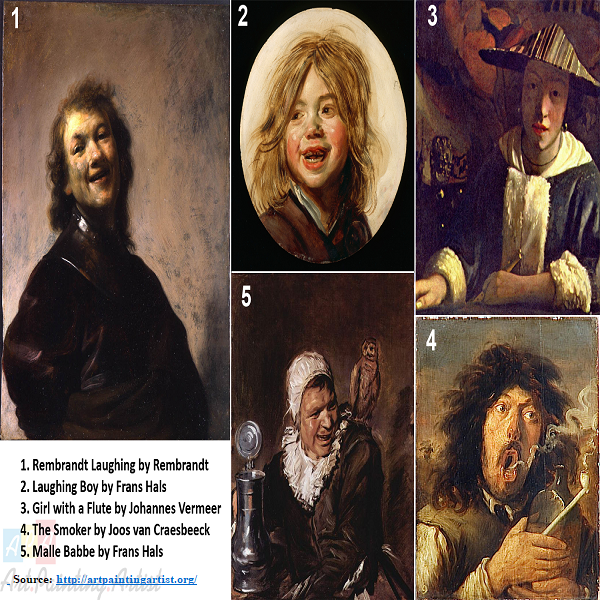
Size of Portraits
There is no specific canvas size for portraits, it can be done in any size.
Before the invention of photography, the portrait painting was the only way to capture a person's likeness, which was created as in ‘portrait miniatures’.
Portraits can also be very large and huge. More often we find paintings of royalty and famous world leaders hanging in enormous halls. At times, the canvas can be larger than the person in real life.
However, the majority of painted portraiture falls in between these two extreme sizes. The finest portrait painting of ‘Mona Lisa’ is painted on a 2-foot, 6-inch by 1-foot, 9-inch panel.
Reinventing Portraiture
Prior to the invention of photography, painters were the ones who captured the visual snapshots of people. However, these early portraits were often an artistic representation of the person rather than featuring their true likeness and essence.
Portraiture has gradually evolved through different eras and artistic movements. From the royal portraits of the Renaissance period to depictions of middle-class life during the Realism movement, many artists developed their own styles einventing one of art’s oldest subjects.

Famous sculptor Evan Penny creates hyper-realistic busts (image above) using clay, silicone, fibreglass, and real fabric and hair.
Another artist Miguel Endara makes impressive ink portrait drawings using the stippling technique wherein he creates millions of tiny dots to add tone and texture to the work.
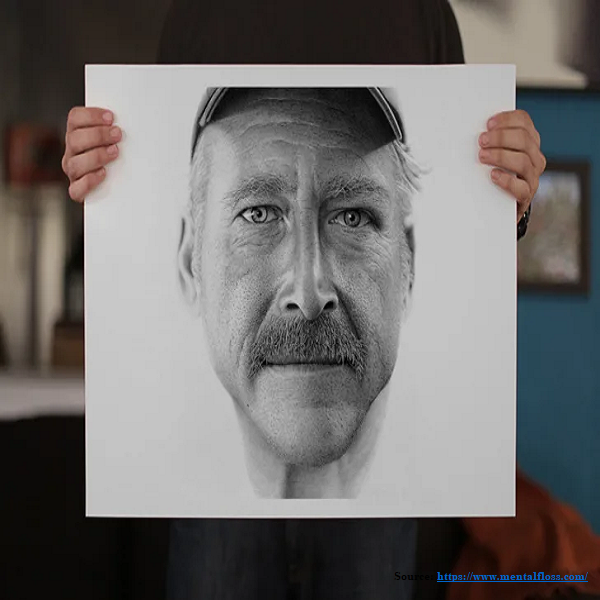
A new genre of portrait artists uses hyperrealism to create even more realistic drawings or sculptures. They show what’s behind the image, the flaws of the subject and the real mood, making the hyper-realistic painting subject more tangible and real.
The finest example is an oil portrait painting by Robin Eley (as below)
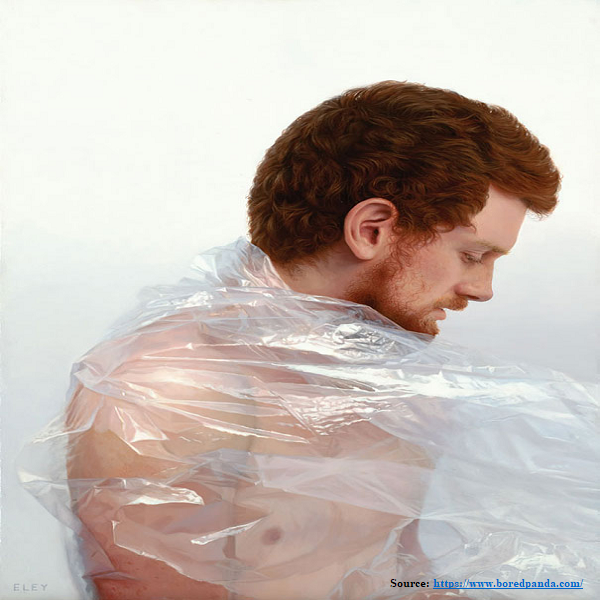

Some contemporary artists and collectives have found innovative ways using everyday objects, Rubik’s cube or precious stones to create magnificent custom portraits.











